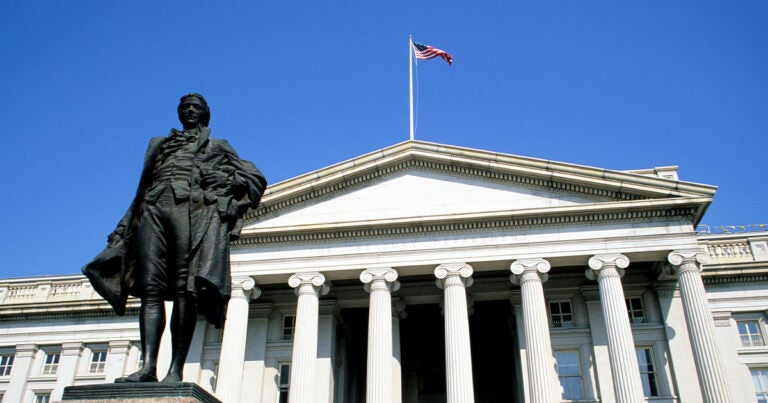In its annual report on income and poverty, the U.S. Census Bureau publishes data on national economic measures such as household income, earnings, wealth, employment, and poverty. Among the findings in the latest edition of this report was that in 2020, for the first time in five years, the official poverty rate was higher than it was in the prior year, a result of the COVID-19 pandemic. The report highlighted other notable trends, including:
- From 2019 to 2020, the poverty rate increased by one percentage point from 10.5 percent to 11.4 percent. The population in poverty increased by 3.3 million people during that period.
- The poverty rate in the South and West increased between 2019 and 2020, but there was no statistical difference in the Midwest and Northeast.
- Median family income was $67,521 in 2020, which was 2.9 percent lower than in 2019.
Those statistics mask important variations in income and poverty both across time and across gender, age, and race. The charts below — which use the Official Poverty Measure rather than alternatives such as the Supplemental Poverty Measure — can provide insight into longer-term trends in income and poverty, as well as some nuance to national statistics.
More than 37 million people lived in poverty in 2020. The income-to-poverty ratio helps to better understand how many people live near poverty, as well as the depths of poverty, in the United States. For example, in 2020, 17.9 million people were in deep poverty. In other words, 48 percent of all people in poverty earned less than half of the poverty threshold. Meanwhile, 12.6 million people lived just above the poverty line.
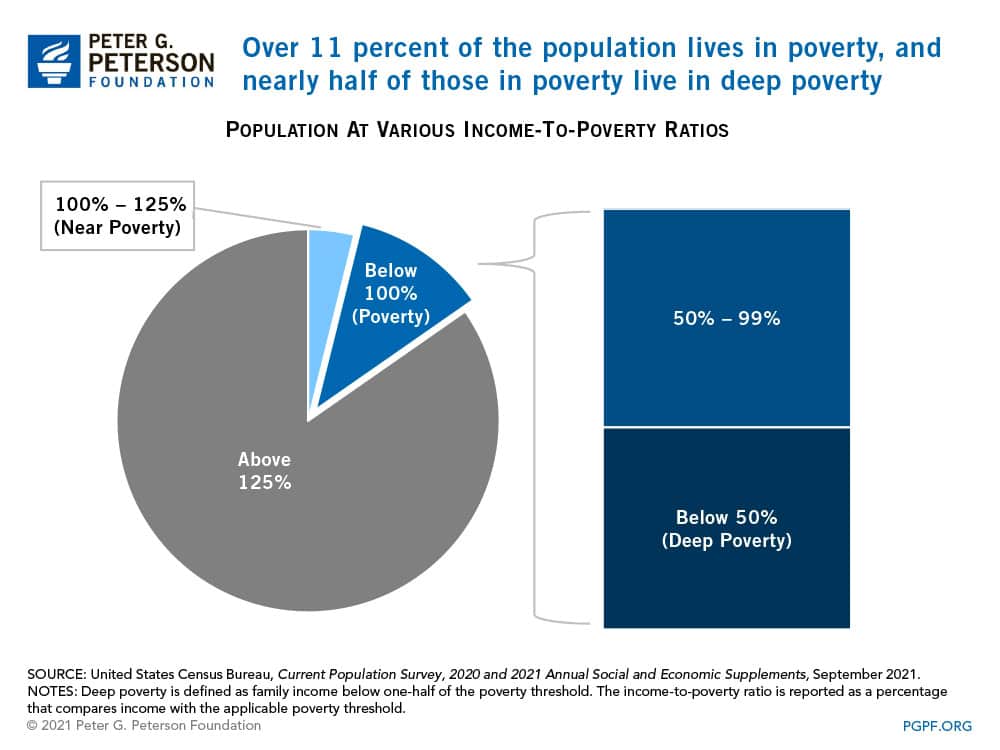
While the overall poverty rate has declined slightly over the past 30 years, poverty rates for Black and Hispanic Americans have decreased more noticeably. Nevertheless, they remain well above the average; in 2020, the poverty rate for Black Americans was 19.5 percent and the rate for Hispanic Americans was 17.0 percent.
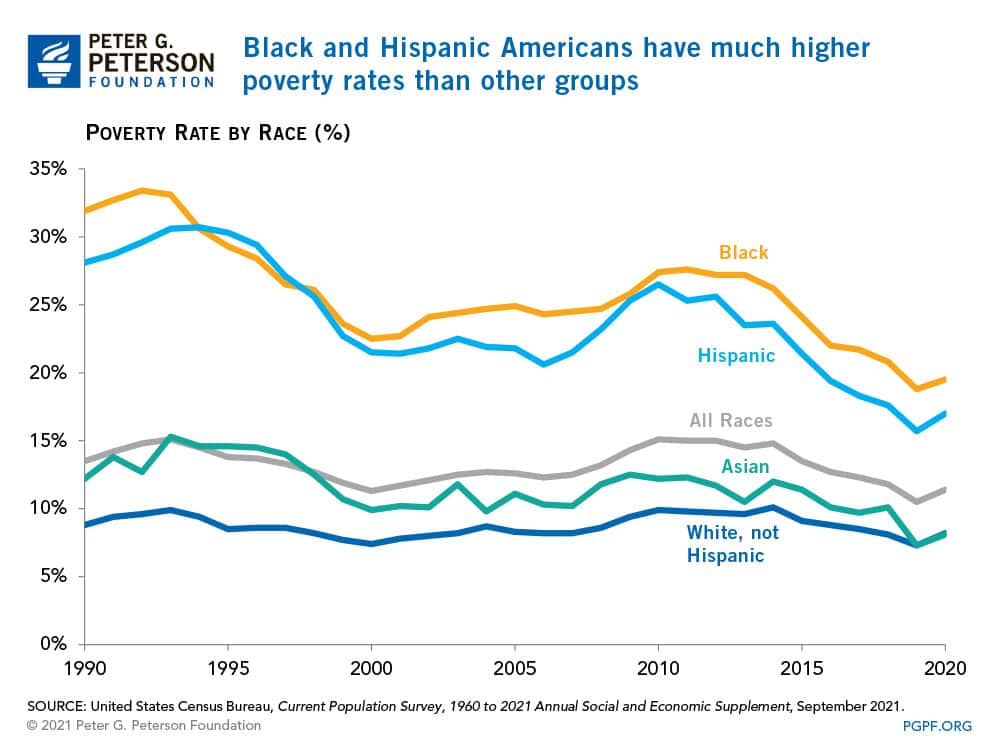
The poverty rate among children also remains high, and grew much more in 2020 compared to the poverty rate for older Americans. In 2020, 16.1 percent of children under 18 were in poverty. Poverty rates for the elderly were lower, in large part, because of Social Security. However, while one-third of the 2020 federal budget went toward health and retirement benefits for adults, only 7.4 percent was spent on children.
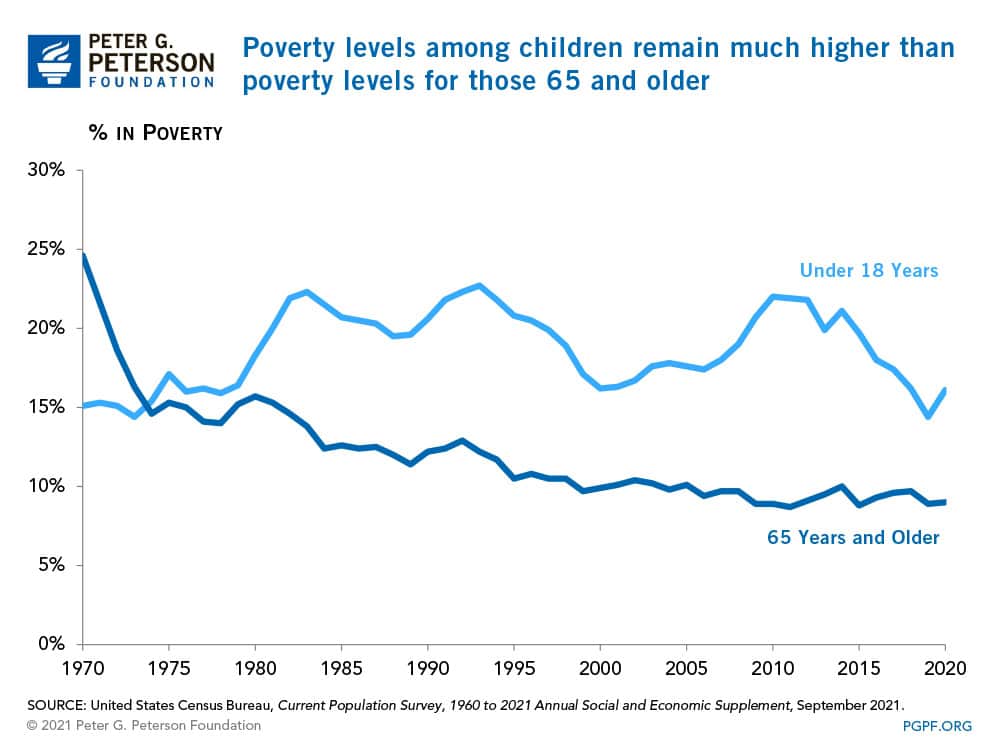
Poverty is unequally distributed by region. The Northeast and Midwest had the lowest percentage of people in poverty in 2020 and also saw the smallest increase in poverty between 2019 and 2020. The South, meanwhile, had the highest poverty rate, at 13.3 percent.
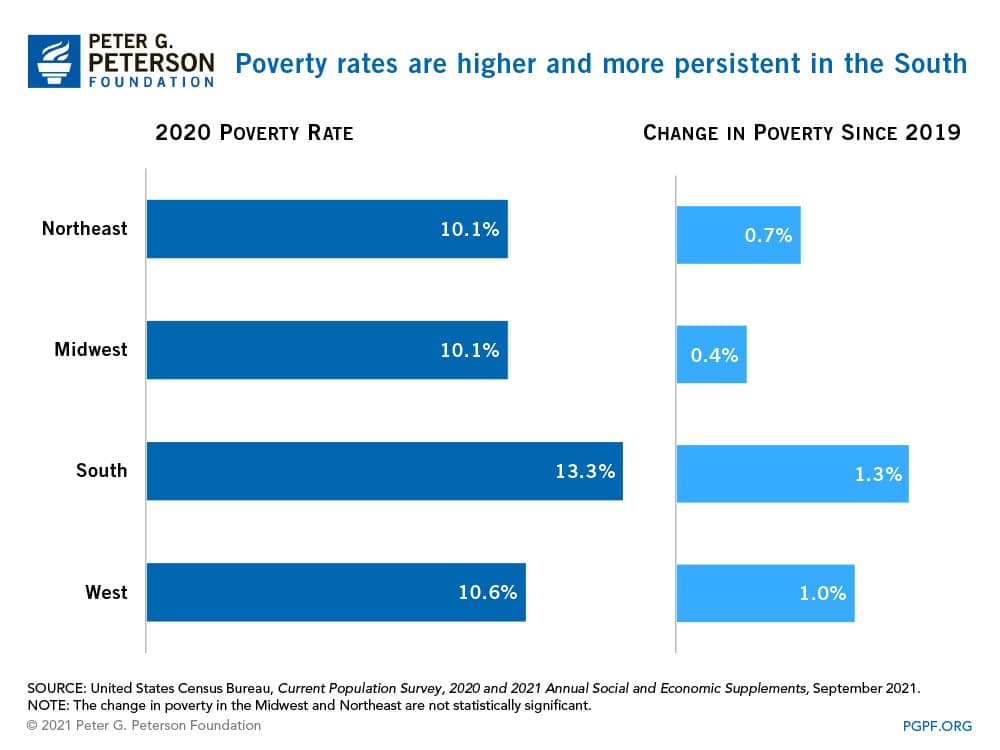
Changes in median family income have been uneven over the past 30 years. In 2020, median income ranged from $45,870 for Black household heads to $74,912 and $94,903 for White and Asian households heads, respectively.
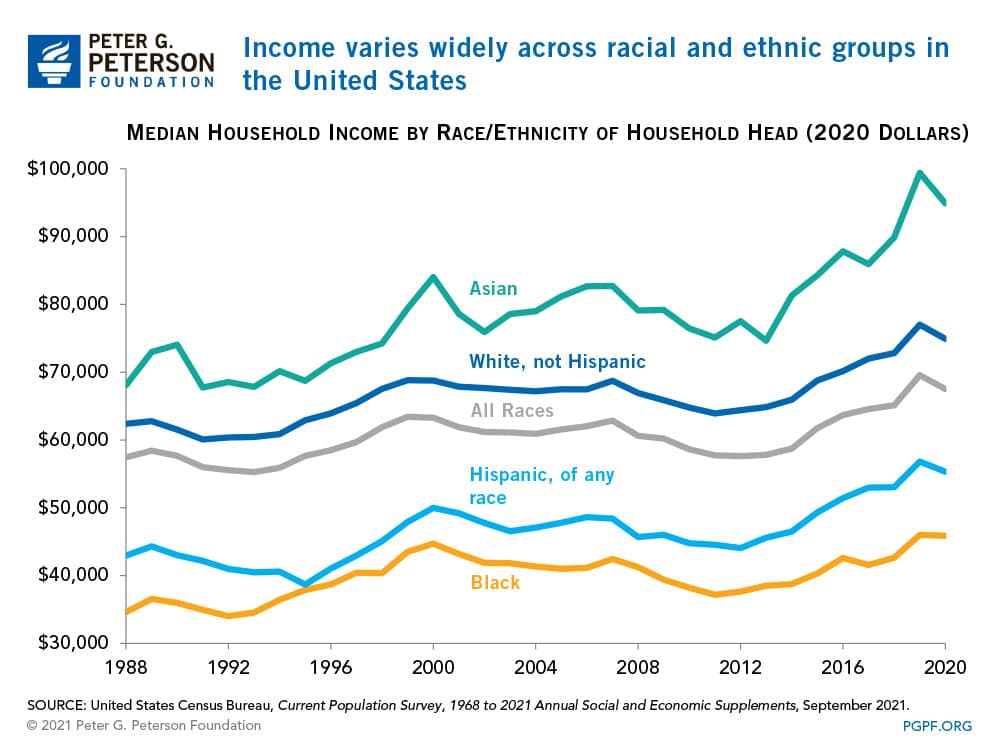
Median earnings decreased by 1.2 percent for all workers between 2019 and 2020 as many jobs were lost, but for those who remained in the workforce, men continued to make more than women. Among full-time, year-round workers in 2020, men had median earnings that were over $10,000 higher than women. The female-to-male earnings ratio was 0.83 — largely unchanged from 2019.
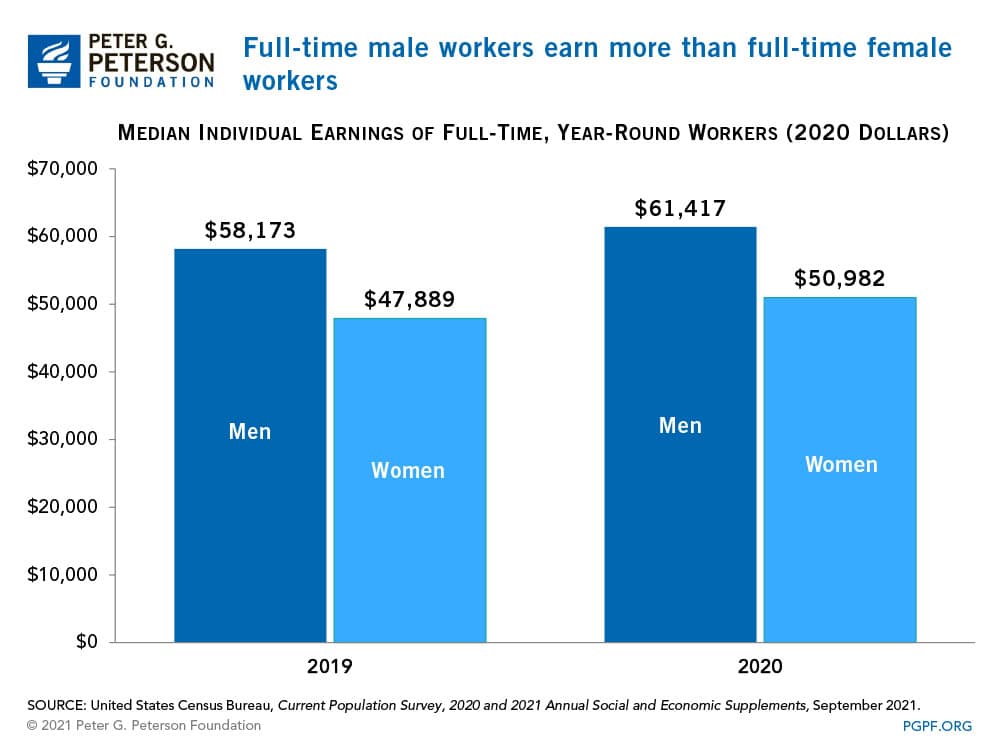
Many of the trends reported by the 2020 Income and Poverty report illuminate the damage of the coronavirus pandemic on the economy. Challenges remain both in measuring and addressing poverty as well as our structural budgetary imbalance. As the United States continues to emerge from the pandemic, meeting these challenges will be an essential part of building a more inclusive and robust economy for the future.
Image credit: Photo by Mark Wilson / Getty Images
Further Reading
The Fed Reduced the Short-Term Rate Again, but Interest Costs Remain High
High interest rates on U.S. Treasury securities increase the federal government’s borrowing costs.
What Types of Securities Does the Treasury Issue?
Let’s take a closer look at a few key characteristics of Treasury borrowing that can affect its budgetary cost.
Experts Identify Lessons from History for America Today
A distinguished group of experts to evaluate America’s current fiscal landscape with an historical perspective.

